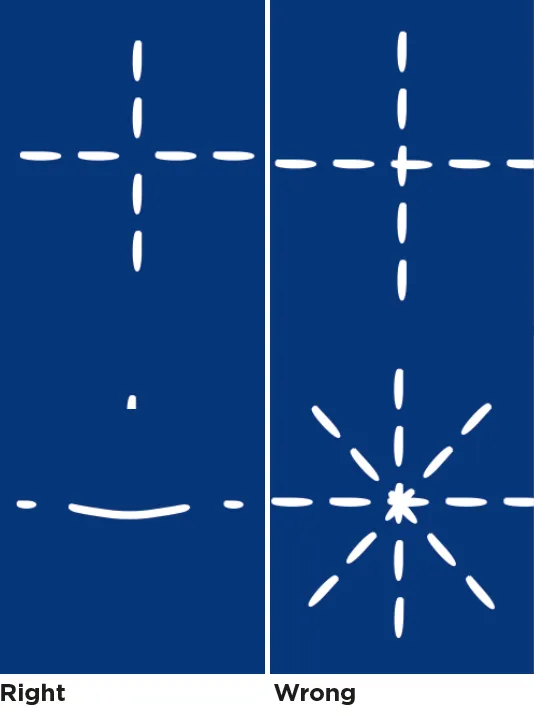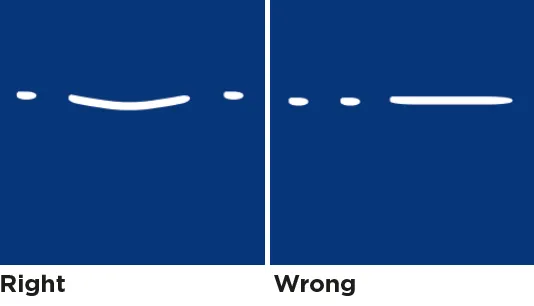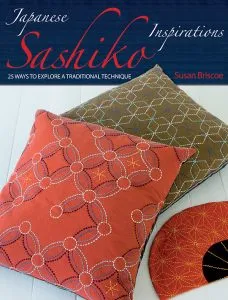Our new addiction was finally cemented when we put together our free Japanese Sashiko supplement for issue 13 of Today's Quilter. In it, Sashiko expert Susan Briscoe reveals the exciting potential of Sashiko designs, and shares her step-by-step guides to mastering the techniques to create beautiful heritage-inspired projects.
Sashiko (meaning 'little stab' or 'little pierce') began life over two centuries ago in north Japan, when people discovered its benefits to strengthen and add warmth to fabrics during the long, cold winters. In the years since, it has evolved to become a much-loved stitching technique, famed for it's striking designs inspired by traditional Japanese design motifs.

To give you a little taster of what's inside our free supplement, we're sharing Susan's top tips for stitching moyozashi designs here on the blog.
All images in this post are © Susan Briscoe
Take care when stitching corners
When turning corners, make the last stitch right into the corner so the pattern is sharply defined
When two lines meet, consider how your stitches touch
Where pattern lines meet, space the stitches so they don't touch each other.

Where pattern lines cross
Where pattern lines cross, make a slightly longer gap between stitches, so stitches don't cross on the right side, making an ugly lump (and a weak point). Avoid joining in new threads at these points. in some hitomezashi patterns, however, the stitches are supposed to cross – so check your pattern before you stitch.

Hide your threads behind your quilt
Where indicated in some patterns, you will need to strand loosely across the back of your work. For a quilt where the back will be seen, run the thread between the backing and wadding.

Change direction without puckering
When you make a sharp change of direction, leave a little loop on the back for ease. When stitching hitomezashi patterns, take care to always leave turning loops in or your sashiko will pucker up!

To find out more about Sashiko stitching, you can read our free Japanese Sashiko guide free with issue 13 of Today's Quilter, or we can thoroughly recommend Susan Briscoe's book, Japanese Sashiko Inspirations, published by David & Charles – which we have been kind permission to feature this extract from. And if you're itching to have a go, try these free Sashiko Embroidery Patterns to get you started.

